How can you tell when a plant is dormant?
robinpla
11 years ago
Related Stories

LIFEThe Polite House: How Can I Tell a Construction Crew to Pipe Down?
If workers around your home are doing things that bother you, there’s a diplomatic way to approach them
Full Story
12 Ways Art and Books Can Tell Your Story
Your home may be the ultimate blank canvas. Give every room meaning with books and artwork that speak to you
Full Story
HOUSEKEEPINGAnother Independence Day: When Kids Can Do Their Laundry
Set yourself free and give your child a valuable life skill at the same time
Full Story
CONTAINER GARDENSContainer Garden Basics: How and When to Water Potted Plants
Confused about soil moisture, the best time to water and what watering device to use? This guide can help
Full Story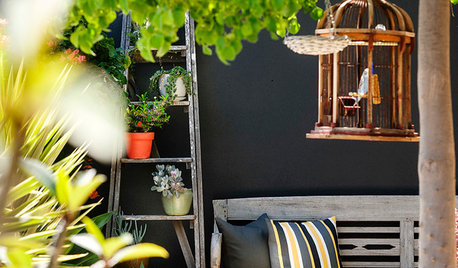
URBAN GARDENSPlant a Garden That Can Move With You
Think mobile when planning your outdoor space and you can enjoy it wherever you move next
Full Story
GARDENING GUIDESGot Frost-Damaged Plants? How It Happens, and When and How to Prune
Crispy brown leaves are a sure sign that Jack Frost has been to your neighborhood
Full Story
GARDENING GUIDESWhen and How to Plant a Tree, and Why You Should
Trees add beauty while benefiting the environment. Learn the right way to plant one
Full Story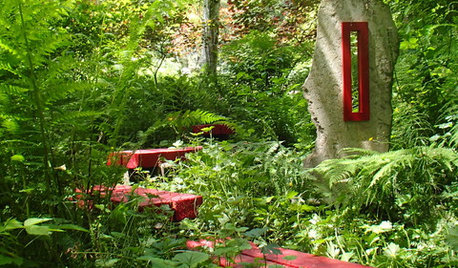
LANDSCAPE DESIGNCreate a Garden That Tells a Story
Take design cues from punctuation marks for a garden with order and intrigue
Full Story
ARCHITECTURETell a Story With Design for a More Meaningful Home
Go beyond a home's bones to find the narrative at its heart, for a more rewarding experience
Full Story
LIFETell Us: What Made You Fall for Your Kitchen?
Show the heart of your home some love for Valentine’s Day
Full StoryMore Discussions






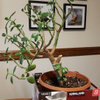
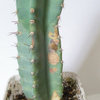
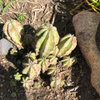
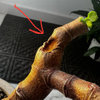
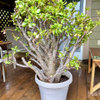
plantomaniac08
Dzitmoidonc
Related Professionals
Fillmore Landscape Architects & Landscape Designers · Taylorsville Landscape Architects & Landscape Designers · Maple Heights Landscape Architects & Landscape Designers · Harvey Landscape Contractors · Hollywood Landscape Contractors · Tamarac Landscape Contractors · Wayland Landscape Contractors · Ames General Contractors · Ashburn General Contractors · Modesto General Contractors · Mount Prospect General Contractors · Mount Vernon General Contractors · Homer Glen Carpenters · South Orange Carpenters · West Hills Decks, Patios & Outdoor Enclosuresjojosplants
mrlike2u
jojosplants
robinplaOriginal Author
robinplaOriginal Author
Dzitmoidonc
mrlike2u
hexalm
robinplaOriginal Author
hexalm